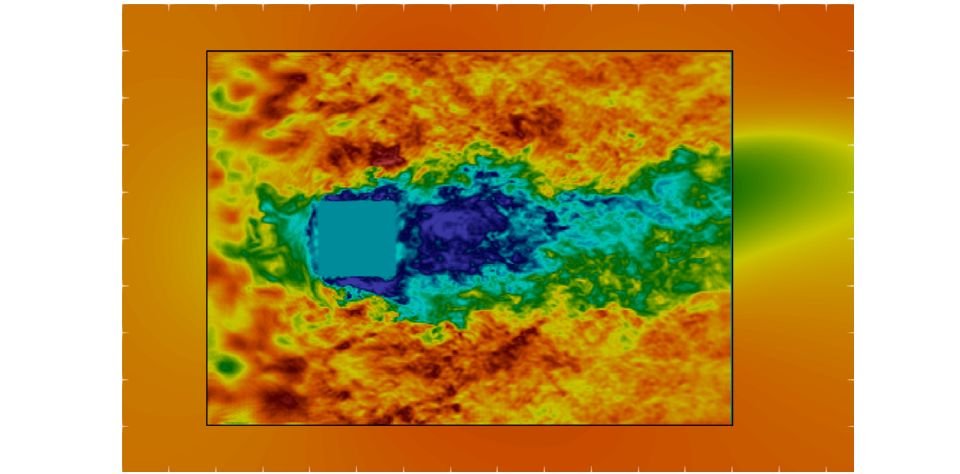
PDRA
University of Manchester
Marta is a PDRA in the Department of Mechanical, Aerospace and Civil Engineering at the University of Manchester.
Her research is focused on new ways of modelling urban wind flow using computational fluid dynamic (CFD) simulations. Highly accurate simulations of sub-regions are run on GPUs and combined with less accurate, CPU-derived, models for very large areas of the domain. The result is faster, higher accuracy predictions for key regions of the model
GASCANS
Project Overview
Flows of turbulent air are incredibly complicated. The simulations of these flows, around a building for example, are made up of millions of smaller cells. The results of each small cell need to be combined to simulate the entire structure. Existing models to create these simulations are computationally intensive.The Lattice Boltzmann method (LBM) solves the probability of a fluid particle moving in a certain direction, before calculating the resulting collisions of any particles. Each cell is independent and the results can be calculated in parallel, making it ideal for GPU-accelerated computing platforms, such as Bede.
GASCANS is the GPU version of the open-source LBM code LUMA. It can be combined with traditional CFD CPU-based solvers, such as RANS, to get detailed and accurate simulations of fluid behaviour across all critical parts of the model.
Did you work with the local Bede research software engineer (RSE) support?
We already have a strong working relationship with the University of Manchester’s Research IT team, particularly Adrian Harwood and Ian Hinder. Their experience of GPU programming has already helped us to maximise the benefits of desktop and on-site computing systems.
What new capabilities does Bede give?
Using the LBM in a GPU-accelerated environment, such as Bede has two benefits. Firstly, it is possible to simulate many more cells, and secondly, the amount of time to perform these calculations is significantly reduced.
What can you tell us about your plans for using Bede?
The large number of GPUs, and the ability to rapidly transfer data to the CPU and system memory using NVIDIA’s NVLink mean we will be able to run much bigger simulations.We are already working with a version of the code that is used in industry. We will use this to run simulations of larger buildings than we have been able to do so far. We will also look at more complex environments that feature multiple buildings so we can study the interaction of flows between them.
